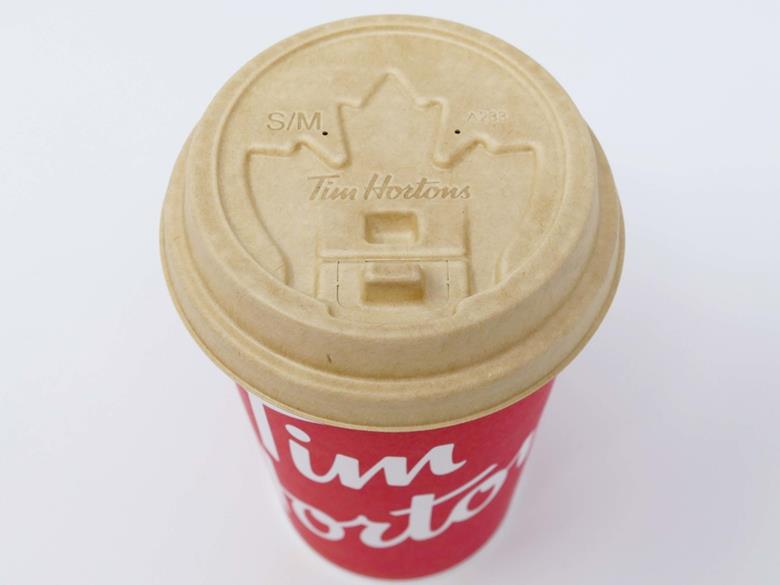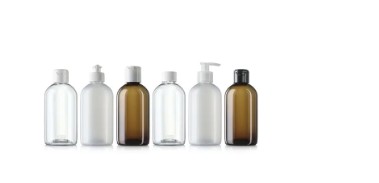The 4evergreen alliance has released the beta version of its Fibre-Based Packaging Recyclability Evaluation protocol, with the tool as a whole expected to create an improved and standardised framework for evaluating the recyclability of packaging products in Europe.
75 experts from across the fibre-based packaging value chain collaborated to develop the protocol by analysing data and drawing upon the results of over 50 recycling tests, said to have resulted in almost 100 samples. It helps users to interpret the results of Cepi’s recyclability test method, giving them insight into the quality of the materials their product uses and the efficiency of its recycling process.
These results are subsequently entered into a score calculation tool, which will provide a score between -100 and +100 based on the ease with which the product can be recycled at a standard mill. If a score is negative, it is considered less recyclable, yet it may still be compatible with recycling technologies at a flotation-deinking or specialised mill.
As such, the protocol is being expanded to include evaluations for such mills, and these additions are set to be launched throughout 2023. Users testing the current evaluation protocol are being encouraged to provide feedback to refine the beta release into a first completed version and contribute to future updates.
4evergreen anticipates that the tool can be used throughout the sector to score packaging products made of cellulosic fibres based on their suitability for recycling in standard mills, and by policymakers as a reference point for upcoming legislation of recyclability, collection, and sorting.
“The 4evergreen alliance’s strength comes from our ability to share expertise and join the dots across the whole fibre-based packaging value chain,” said Hans Wortman, 4evergreen chair and internal business consultant at WEPA Group. “This beta release of the Recyclability Evaluation Protocol for standard mills is a major step towards a straightforward, reliable recyclability evaluation method that the entire sector can use.
“The next step is the development of the Recyclability Evaluation Protocol for deinking and specialised mills. These efforts take us closer to our goal for a 90% recycling rate by 2030.”
Peter Hengesbach, project co-lead and recyclability manager at Stora Enso, added: “We’ve worked together intensively across the whole fibre-based packaging sector to share our knowledge and build consensus around this new and unique recyclability evaluation protocol. We are looking forward to hearing what people think of this version so that we can finetune it and expand its use to include all types of recycling mills. Our goal is to make this a widely used and accepted tool across the entire value chain.”
Cepi’s test method, announced earlier this year, is thought to estimate a paper product’s recyclability in an ‘ideal’ scenario by recreating industrial-scale paper recycling methods in laboratory conditions. It hopes to result in a complete transition into recyclable paper packaging by 2025.
Another recyclability assessment tool, Henkel’s Easy D4R software, was a finalist in the Sustainability Awards 2020 for its assessment of the recyclability of various kinds of packaging materials, including paper.
We also spoke to Tiina Pursula – 4evergreen’s deputy chair and SVP Sustainability and Division Packaging Materials at Stora Enso – and Ralf Mack, co-lead of the 4evergreen Expert Group on Circularity by Design and also Director New Business Development Consumer Products at Graphic Packaging International, about 4evergreen’s Circularity by Design guideline. It is said to outline the types of fibre-based packaging, particularly for household and on-the-go applications, that are compatible with recycling technologies currently available in Europe.
Source:







